#Chinese Americans
Explore tagged Tumblr posts
Text

New York City's Chinatown, 1960s
176 notes
·
View notes
Photo

Does your state have more Chinese or Indian Americans? (2019-2020)
117 notes
·
View notes
Text
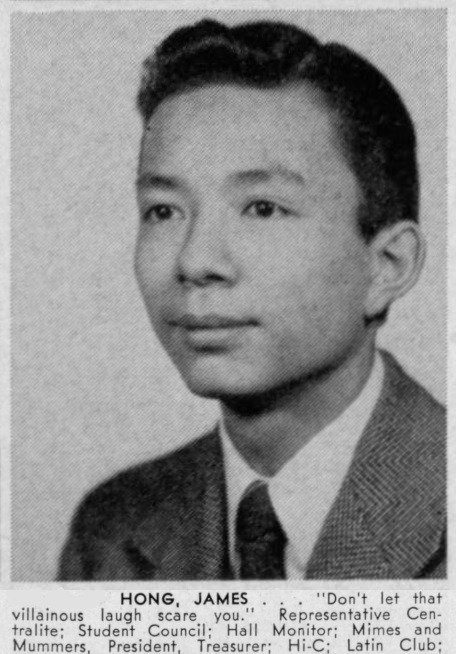
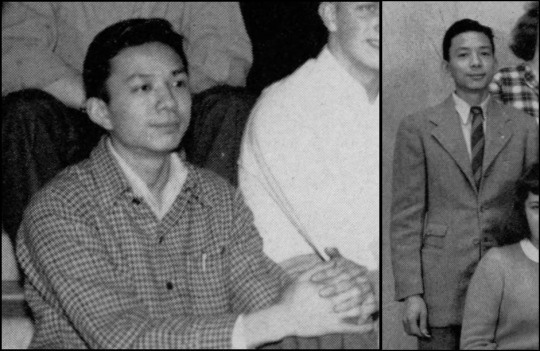


James Hong, The Main Man
Chances are, if you've watched movies in the last seven decades, you’ve seen or heard Minneapolis native James Hong. With over 650 film and television credits, he is one of the most prolific actors of all time. His latest accomplishment is a Screen Actors Guild Award for Outstanding Performance by a Cast in a Motion Picture for the film Everything Everywhere All at Once, which was released on March 25, 2022. The film also garnered 7 Oscars from 11 nominations at this year’s Academy Awards, which Hong attended wearing a bowtie with googly eyes—a nod to the film. In 2022, at age 93, he became the oldest person to receive a star on the Hollywood Walk of Fame.
James Hong was born in Minneapolis to Chinese immigrants in February, 1929. His father, Frank W. Hong, managed the Golden Pheasant, one of the first Chinese restaurants in the city (it opened in 1919 next to the more famous Nankin, which opened the same year). The Hong family later owned a business in what some considered to be Minneapolis’s Chinatown. Sent away to Hong Kong for elementary school, James returned to Minneapolis for middle school, where he had to re-learn English. He attended the old Bryant Junior High and then Central High School, where he graduated in 1947.
Learn more about the Hong family and Minneapolis’s Chinatown in this MinnPost article from 2015.
If you enjoyed Everything Everywhere All at Once, or are waiting in the queue for the DVD, check out more books and films featuring the writers, actors, and directors of this Oscar-winning film.
Images of James Hong from the 1946 and 1947 Minneapolis Central High School yearbooks. See more yearbooks and restaurant menus in the Hennepin County Library Digital Collections.
#Minneapolis#Minnesota#famous people#actors#1940s#high school yearbooks#James Hong#award winners#Chinese Americans#Everything Everywhere All at Once
206 notes
·
View notes
Text

Houghton has recently digitized several collections relating to Anna May Wong (born Wong Liu-tsong), widely considered to be the first Chinese American movie star.
Picture postcards and photographs of Anna May Wong
Anna May Wong compositions and collected music
Sheet music and texts relating to Anna May Wong
221 notes
·
View notes
Text
⛓️ It's the 4th of July, America's Independence Day.
Do Native, African-, Asian, and Hispanic Americans have anything to celebrate today?

🛶 Do Native Americans have anything to celebrate?
Many Native Americans view the 4th of July as a celebration of colonialism and the oppression of indigenous peoples rather than a celebration of independence. The Declaration of Independence itself refers to Native Americans as "merciless Indian Savages." Furthermore, contemporary celebrations often overlook or ignore the painful history of Native American communities, perpetuating a sense of exclusion and historical erasure.

🛶 Hunkpapa Lakota Sioux Tribal Chief Sitting Bull
For many African-Americans, the Declaration of Independence's assertion that "all men are created equal" starkly contrasts with the historical realities of slavery and systemic racism that have plagued African-American communities since the nation's founding. This contradiction was poignantly highlighted by Frederick Douglass in his 1852 speech, "What to the Slave is the Fourth of July?" For many, Independence Day serves as a reminder of the persistent fight that must go on for civil rights and justice.

⛓️ Frederick Douglass asks, "What to a Slave is the Fourth of July?"
Despite the holiday's celebration of freedom and independence, Asian Americans have faced exclusionary policies, such as the Chinese Exclusion Act and the internment of Japanese Americans during World War II. These historical injustices, coupled with ongoing issues of racism and xenophobia, contribute to mixed feelings about the 4th of July.
Many Hispanic Americans reflect not upon the 4th of July's ideals of freedom and independence, but upon historical and ongoing immigration, labor exploitation, and racial discrimination. The disparities between these ideals and their actual experiences can lead to a sense of exclusion. For some, the holiday serves as a reminder of their persistent struggle for equality and recognition in American society. ☮️ Peace… Jamiese
https://www.pixoplanet.com/post/4th-of-july
#4th of july#independence day#fourth of july#america#usa#american#freedom#native americans#african americans#asian americans#hispanic americans#declaration of independence#systemic racism#frederick douglass#civil rights#chinese americans#japanese americans#xenophobia#immigration reform#korean americans#vietnamese americans
3 notes
·
View notes
Text
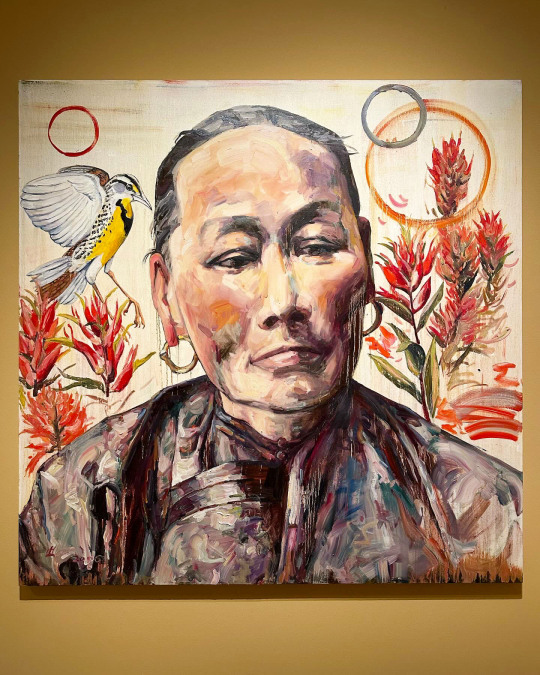
(Hung Liu “Portrait of China Mary”, 2006, Oil on canvas)
Currently at The James Museum in St. Pete, is From Far East to West: The Chinese American Frontier, an informative show that includes many beautiful paintings. There’s so much history in America that often doesn’t get taught in school. This is a great opportunity to learn about this immigration story through artwork as well as text.
From the museum about the exhibition-
While European American settlers gradually pushed the United States frontier westward throughout the 1800s, the West coast of the country was developing independently as well. Accelerated by the discovery of gold mid-century, the population boom included Chinese immigrants who crossed the Pacific Ocean to California.
Most 19th century Chinese immigrants came to their new country from the coastal Canton region (province of Guangdong today) in southeastern China. Starting over on a different continent away from familiar surroundings and culture would be challenging, but for many decades anti-Chinese hostility and exclusion laws made settling in the United States even more difficult. The achievements of Chinese immigrants paved a path for future generations and are a testament to strength and perseverance.
The foundation for the exhibition highlights narratives of Chinese America from the 1850s to the 1930s. The paintings-all created by Chinese Americans in the 21st century-reflect inspiration from this history. The painters are also fueled by their own, more recent immigration stories to the United States after China’s Cultural Revolution (1966-1976) and their rigorous art training in the government-sponsored movement of Socialist Realism. After China opened to the rest of the world in the late 1970s, many Chinese artists-like Mian Situ, Jie Wei Zhou, Benjamin Wu, Hung Liu, and Z.S. Liang, all featured here were inspired to immigrate to the United States in search of greater opportunity.
Here, these artists’ historical interpretations speak to culture, identity, community, and resilience. Related objects and ephemera from the period support these stories. From the Gold Rush to Angel Island, this exhibition reveals often overlooked but significant contributions and perspectives of Chinese immigrants that deepen our understanding of U.S. history.

Hung Liu “Dandelion with Small Bird”, 2017 Mixed media
About the above painting from the museum-
Dandelions and their fluffy seed pods can be found anywhere in the world and thrive wherever they land. Their migratory nature allows them to survive a journey across vast lands even across oceans and take root anywhere in the world. For Liu, the dandelion represents her own tenacity and ability to thrive in the face of adversity.
The dandelions, fragile in nature and tattered by the lightest breeze, mimic how images, and personal narratives, too, can be scattered by time and the winds of history —as well as by the rhythms of feast and famine … –Hung Liu
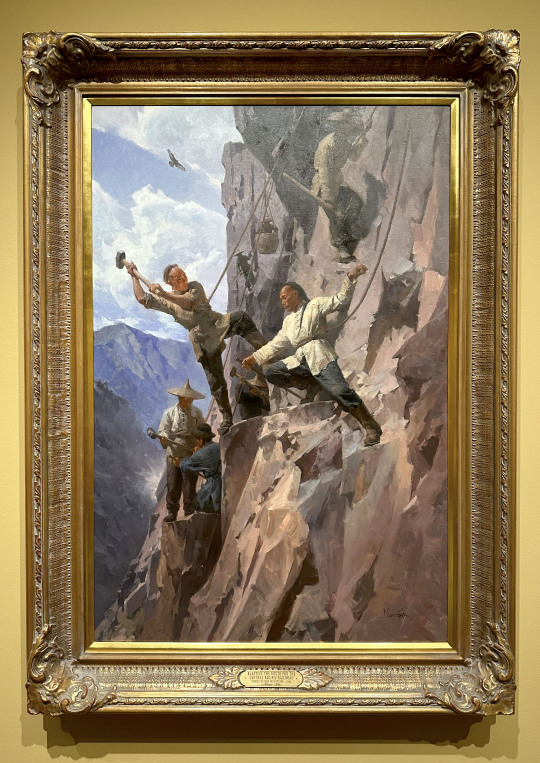
Mian Situ “Blasting a Route Through the Sierra Nevada, 1865, Central Pacific Railroad”, 2018, Oil on canvas

Mian Situ “The Gold Seekers , Chinese Camp, 1850”, 2015, Oil on canvas

Jie Wei Zhou “Dragon Parade”, 2012, Oil on Linen
This exhibition is on view until 1/28/24.
#Art#The James Museum#Hung Liu#Art Shows#Chinese American History#Mian Situ#Chinese Americans#Florida Art Shows#Gold Rush#Jie Wei Zhou#Z.S. Liang#Benjamin Wu#St. Pete Art Shows#The James Museum of Western and Wildlife Art#Historical Painting#History#Immigration#Painting#Transcontinental Railroad
4 notes
·
View notes
Text
Sijue Wu
Sijue Wu was born in 1964. Wu is a professor of mathematics at the University of Michigan, where her research currently focuses on singularities in surface waves. In the past, she has also researched vortex sheets and other aspects of fluid dynamics. Wu's achievements have been recognized with a Satter Award from the American Mathematical Society and a silver Morningside Medal from the International Congress of Chinese Mathematicians. In 2022, she was elected to the American Academy of Arts and Sciences.
9 notes
·
View notes
Text
To Chinese Americans and Chinese people who are rightfully upset that Americans are Migrating to RedNote (White people, you read this too)
After watching this video, I realized a little something about myself.
youtube
Now yes, I will say that I only got RedNote/Little red book out of spite of the government and if that didn't happen, I probably would have not acknowledged Chinese culture at all. And for that I'm sorry and trust me, I do understand that is really fucked up.
But I would like to speak on behalf of black Americans when I say, it's not our (or MY) intention to be rude, disrespect, your culture or you as a person. Nor will it ever be my intention to do that either. My parents taught me better than that.
As black people, we constantly are mocked, disrespected, and have verbal or physical cruelty done to us on a regular basis. So, MOST of us wouldn't want to do that to any other culture.
However, if you as a Chinese person has dealt with racism from a black person, I'm terribly sorry. But please don't let one asshole stain the rest of the black American race. MOST of us know better.
"But Queenie, why are you only speaking on behalf of black people?"
I can't speak on behalf of white people (or any other race of people) nor will I ever. If you want to say something as a white American, reblog this post with your own words.
SO, after acknowledging my ignorance, I will take this as a learning experience when it comes to Chinese culture as a whole.
Now, here's a list of what I want my fellow Americans to do if you want to be respectful
Stop infantilizing Chinese people. RedNote consists of Chinese adults so TREAT THEM LIKE IT!
Stop putting American memes in the comments or just about anywhere on the app. Some (possibly the majority) of them may not understand so what's the point in doing it? And if you're doing it on purpose because you know they won't understand, STOP!
Take this as a learning experience to make up for your ignorance like I did.
And if you agree with everything I said, please reblog this post.
#rednote#chinese americans#chinese culture#ignorance#learning experience#reblog reblog#reblog#Youtube
0 notes
Text
Pan-Asian Metropolis -- Pasadena's Lost Chinatown
INTRODUCTION Most of my essays about Los Angeles begin similarly. A question is asked, an answer is hard to find or is deemed inadequate, and then I head straight down a rabbit hole. This one began when a friend asked a question that involved Altadena and a street there with a Japanese name. She then mentioned that neighboring Pasadena had had a couple of Latino colonias — Chihuahuita and…
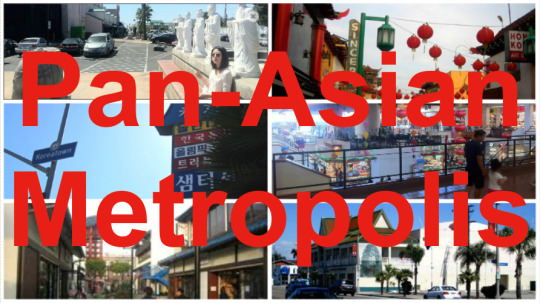
View On WordPress
#Chinatown#Chinatowns#Chinese Americans#Chinese Angelenos#ethnic enclaves#Pan-Asian Metropolis#Pasadena#The San Gabriel Valley
0 notes
Text

Most depictions of Chinese transcontinental railroad workers have a bunch of humble looking guys in conical straw hats all wearing the same baggy shirt carrying buckets or dynamite or whatever.
I love that this one has this dude who is HELLA JACKED swinging a sledgehammer the force of which sends his queue flying into the air. Dude next to him in Mr T's vest armed with guns for days while smoking a pipe. 10/10.

#transcontinental railroad#representation#trains#chinese americans#chinese american history#asian americans#asian american history#hella jacked
1 note
·
View note
Text
american tiktok refugees have flooded rednote/xiaohongshu and this is how chinese wincesties are responding to the antis lmao

Translation:
To Wincest Haters
1. All foreign Destiel shippers must add honorifics when addressing Wincesties.
2. Foreign Destiel shippers are not allowed to interrupt conversations between Wincesties
3. Foreign Destiel shippers must greet Wincesties every morning and evening.
4. Posts by foreign Destiel shippers must not exceed 14 characters, must include punctuation, and cannot include include any offensive or disrespectful remarks. Posts with emojis ranked first in Xiaohongshu are prohibited.
5. Foreign Destiel shippers are forbidden from using stickers/memes.
6. Foreign Destiel shippers must obtain permission from Wincesties before sending images or voice messages.
7. Foreign Destiel shippers can only post 10 comments per day; exceeding this limit will result in a ban.
8. Foreign Destiel shippers are prohibited from posting any information that defames Wincesties.
9. At 10 PM a curfew will be imposed on all foreign Destiel shippers.
#I support them I think all these orders are completely reasonable. and we should copy them#⚝#fandom stuff#rednote#CONTEXT: this is a joke in response to the hundreds of mean disrespectful and sometimes lowkey racist hate comments they've been receiving#and americans are insulting them in english and many don't know english so they can't even properly defend themselves#so I don't want anyone in the notes here misconstructing this thinking chinese wincesties are the ones being hateful#they're just defending themselves against the unexpected and undeserved attacks. and they're being hilarious while doing it lol
2K notes
·
View notes
Text
REDNOTE WAKES UP TO AMERICANS XD

I'm finding the situation with tiktok funny as hell, time for us to meet our Chinese spys personally XD
#rednote#tiktok#chinese spy#mandarin#Chinese#memes#american eagle#bald eagle#eagles#Chinese rabbit#rabbit
2K notes
·
View notes
Photo

In 1870, only 0.2% of the US was Chinese, but many Western states had significant populations. Idaho was #1 at 29%, followed by Montana and California at 9%. Here's a map of the Chinese % by county. Shoshone, Idaho was #1 at 65%.
by @SidKhurana3607
155 notes
·
View notes
Text
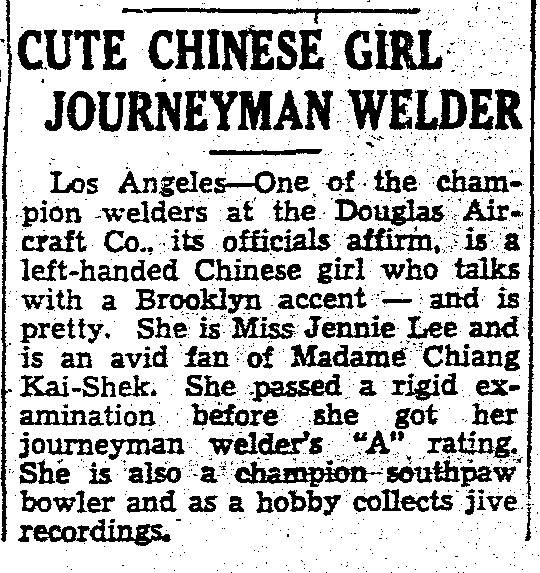
"CUTE CHINESE GİRL JOURNEYMAN WELDER," Toronto Star. March 26, 1943. Page 2. ----- Los Angeles - One of the champion welders at the Douglas Aircraft Co., its officials affirm, is a left-handed Chinese girl who talks with a Brooklyn accent - and is pretty. She is Miss Jennie Lee and is an avid fan of Madame Chiang Kai-Shek. She passed a rigid examination before she got her journeyman welder's "A" rating. She is also a champion-southpaw bowler and as a hobby collects jive recordings.
#los angeles#douglas aircraft company#welders#aircraft factory#brooklyn#chinese americans#cute girl#journeyman welder#human interest story#war workers#world war ii
0 notes
Text
Chinese Citizens caught being spies in America
youtube
#Chinese#Chinese citizens#America#Americans#USA#China#Chinese American#Chinese Americans#Beijing#Spy#Spies#United states of America#Chinese tourist#Youtube
0 notes
Text
Love and peace…

#crying#this is so cute shsjjss#unfortunately Americans have been giving Chinese users the wrong answers by accident 🥺#video#twitter#rednote
901 notes
·
View notes